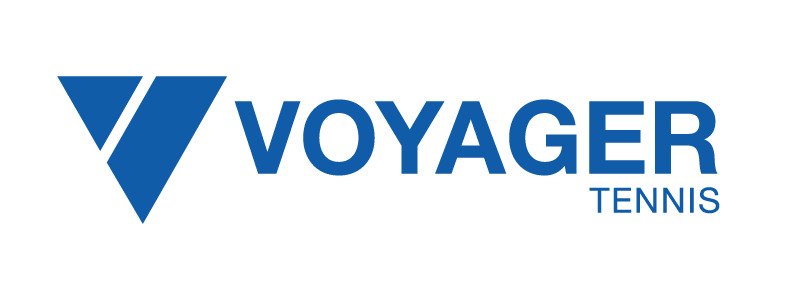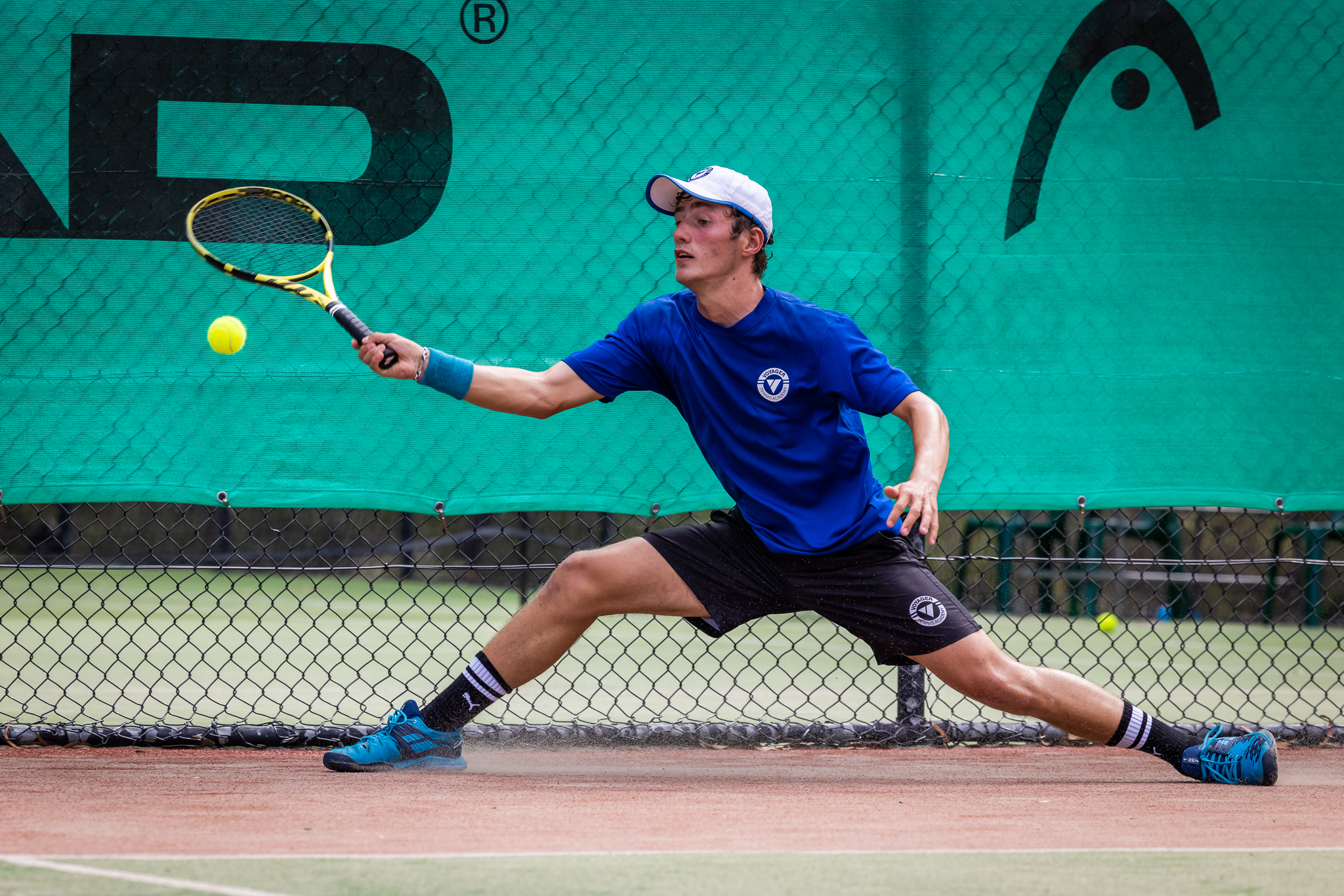
Physical development is vital for a player to be able to perform at their best day in, day out, week in, week out, every year for potentially twenty years or more. It is also hugely important for junior players so that they can stay healthy and accomplish the training volume they require to be world class. Tennis players are becoming more and more powerful and fit, so they need physical development for the strength, speed, agility, flexibility and stamina to compete.
Tennis is a repetitive sport with players using the same motions/actions up to thousands of times each week. This can place a lot of stress on specific parts of the body. Preventing injuries, whether repetitive or impact, is crucial as they are the number-one cause of setbacks to a player’s improvement. Yet despite the fact that injuries can have the most serious consequences, they are perhaps the most neglected area of a player’s development.
A lot of the time, players can prevent injuries if they identify problem areas early and put a programme in place. An appropriate pre- and post-training and match-play routine is key in preventing injuries, as well as players priming themselves mentally. Many of the greats of the game prioritise physical conditioning and longevity above all else and invest significant resources in expert physical trainers.
Injury Prevention
Injuries among young tennis players have two big downsides. Firstly, they obviously prevent players from training and playing matches, and the second downside, which is often overlooked, is that recovering from injury and doing the necessary rehabilitation is time consuming, repetitive and boring. It is a time when players can lose their passion for the game and get distracted by other things in their lives, so we highly recommend a structured approach to injury prevention.
Different body types, game styles and techniques are prone to different types of injury. To determine the most effective injury-prevention approach, we suggest that every elite tennis player who plans on playing the game for more than a couple of years has a detailed physical screening/assessment. This will analyse all the joints and muscles in the player’s body, their strengths, weaknesses, areas of flexibility and inflexibility, and identify any areas of the body that will be susceptible to injury in the future.
A physical screening will typically provide a player with a detailed report on each area of the body that it has tested and analysed, as well as recommendations on what to work on to prevent injuries in the future. It’s vitally important players follow recommendations as their bodies need to stay largely injury free for a decade or two.
Our athletes in Sydney undergo physical screenings with our partners at Precision Athletica. For players not living in Sydney this service is usually available in most cities and delivered by physios specialising in elite sports.
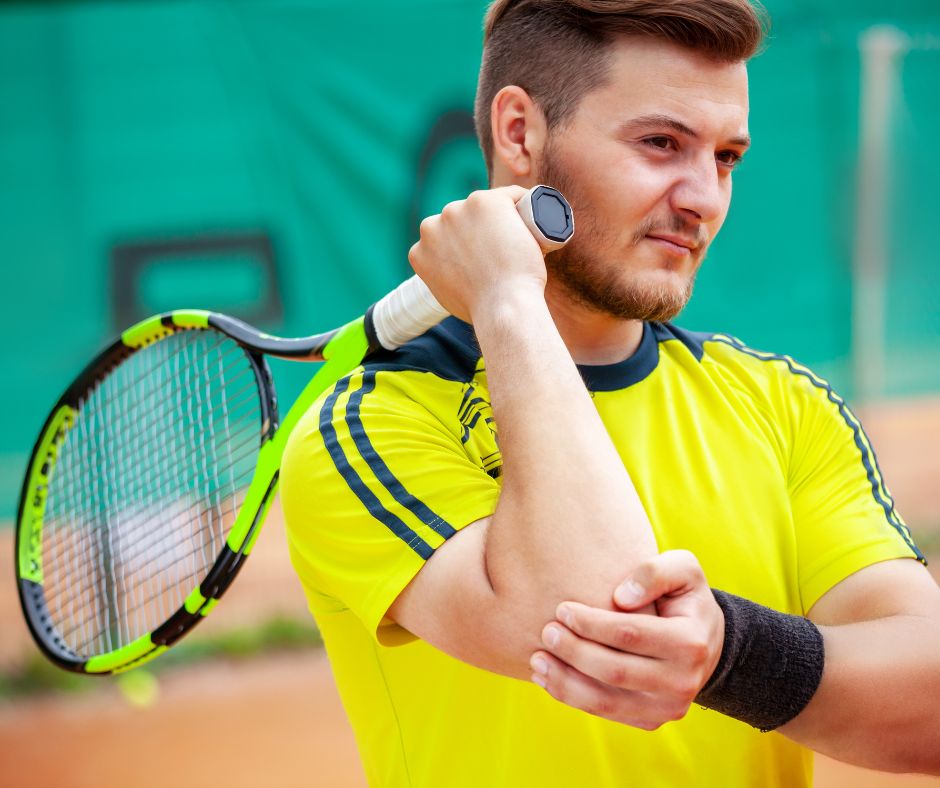
Joint and Muscle Mobility
In today’s game, the top tennis players have a great range of motion and flexibility, Novak Djokovic is perhaps the best example of this on the tour. Flexible muscles and joints enhance movement and power, and reduce the chances of repetitive injury. When a joint or muscle lacks flexibility, it will often not be able to function effectively. The body will then compensate by using other areas to do the work instead. A lot of repetitive injuries are caused by a lack of mobility and can be prevented if treated early enough.
A daily flexibility routine is essential for all players to maintain and improve their range of motion. Activities like yoga can provide great benefits in this area.
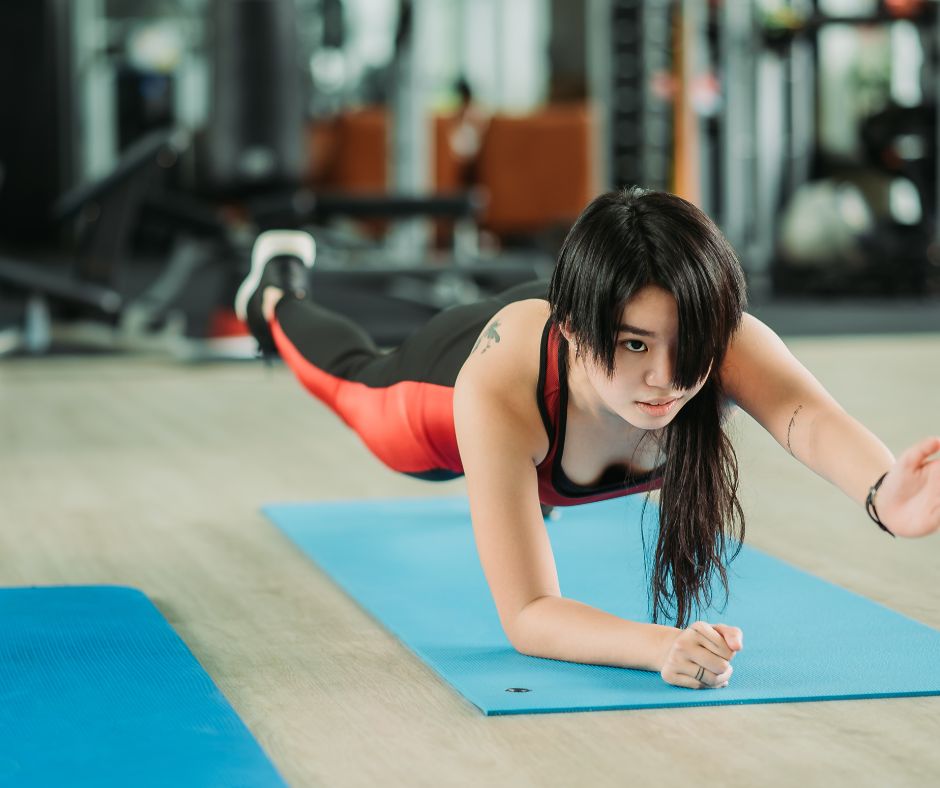
Speed/Agility
Elite tennis is being played at an increasingly fast pace, so speed and agility are key for all game styles. The purpose of being fast and agile is to enhance a player’s ability not just to get to balls, but to effectively position their bodies for every shot they play. Players who are always in position can play with power, rarely make unforced errors, are difficult to hit winners against and are generally tough to beat.
The following three factors play the biggest role in a player consistently being able to set up effectively for each shot.
Anticipation and reading the play
Players often have less than a second from the time their opponent strikes the ball to the time they have to be returning it. The ability to anticipate and read the play is a skill they acquire through a high volume of training hours and match play along with watching opponents, learning carefully when they strike the ball and observing common patterns.
Tennis-specific footwork patterns
All elite players need to develop tennis footwork patterns for moving to the ball, setting up for the ball, recovering and reacting. Most high-performance coaches will teach these patterns so that a player can move effectively on the court.
Movement from A to B
The average number of steps it takes to get to the ball in tennis is four and it’s important to keep this in mind when you’re creating a speed/agility training plan with your child. Some players make the mistake of doing endless 100–200 metre sprints when in reality this type of movement is not required on the court.
Here is a quote from Roger Federer’s long term physical trainer Pierre Paganini
“You have to be strong, fast, coordinated and have endurance in tennis and you have to do drills for that,” Paganini said. “But you also should never forget you have to use this on a tennis court; not on the road or in the pool. So you always have to create a link between the speed and the athletic way it’s used on the court. Nine times out of ten on the court, the speed is in the first three steps and then you’re playing the tennis ball. So you have to train to be particularly strong in the first three steps.” (Clarey, 2017)
Players who are training to improve their speed/agility do so by creating speed exercises over short distances with lots of changes of direction to mimic the realities of the tennis court.
Another point to keep in mind is that speed/agility is largely influenced by the player’s range of motion/flexibility and strength.
Strength
Strength training for athletes is critical for the development of speed and power on the tennis court. Ideally tennis players will stay light and flexible while improving their strength, core stability and power qualities. We would strongly recommend you look for a tennis-specific trainer for your child as there are two common mistakes players can make when it comes to strength work.
1. Putting on too much muscle
Having muscle mass (particularly through the upper body) may look good when a player is at the beach, but it certainly won’t do them any favours when it comes to performing on the tennis court. Players who get too bulky often end up with knee troubles.
2. Losing flexibility
As muscles get bulkier, they can cause flexibility issues. Players don’t want to gain strength at the expense of flexibility as this will reduce the power they can produce and increase their chances of injury in the long run.
Endurance
The best players in the world repeatedly play points with high intensity for hours at a time without any drops in their high quality of play. This can only come with high levels of endurance.
Players with low levels of endurance usually suffer from the following in matches:
- Playing with low intensity. They subconsciously know they can’t sustain a high intensity over three or five sets and are forced to coast or pace themselves over a full match.
- Making unforced errors due to poor decisions in relation to trying to finish the point off too early.
- More displays of anger and emotional outbursts. Particularly in demanding matches, the unfit player may feel a lot of physical pain relating to pushing themselves to stay in the match. When a player feels physical pain, they are more susceptible to emotional outbursts and losing their temper.
The nature of a tennis match is that a player will have a work to rest ratio somewhere between one to one and one to five. As an example, a long point that lasts fifteen seconds with a fifteen-second break in between points would equate to a one to one work to rest ratio, while a short point lasting three seconds with a fifteen-second break would equate to a one to five work to rest ratio. Point duration in a competitive tennis match will typically range from three to fifteen seconds in length and will usually be played over 100–200 points in total, so players need to train their bodies to handle this type of intense activity.
You may be asking yourself, ‘What is the best way to increase match play endurance?’ The answer is obvious and simple:
Play more matches
Playing a high volume of tough, competitive matches is one of the best ways to increase tennis-specific endurance. Most professional players that you see on television today have played thousands of matches and their bodies are so accustomed to the rhythm of a match that they are able to play their best over three sets without fatigue affecting their performance at all.
Players can also develop endurance on a bike, going for long runs and, more specifically, via speed endurance training sessions where they train at high intensity with multiple periods of rest recovery throughout the session.
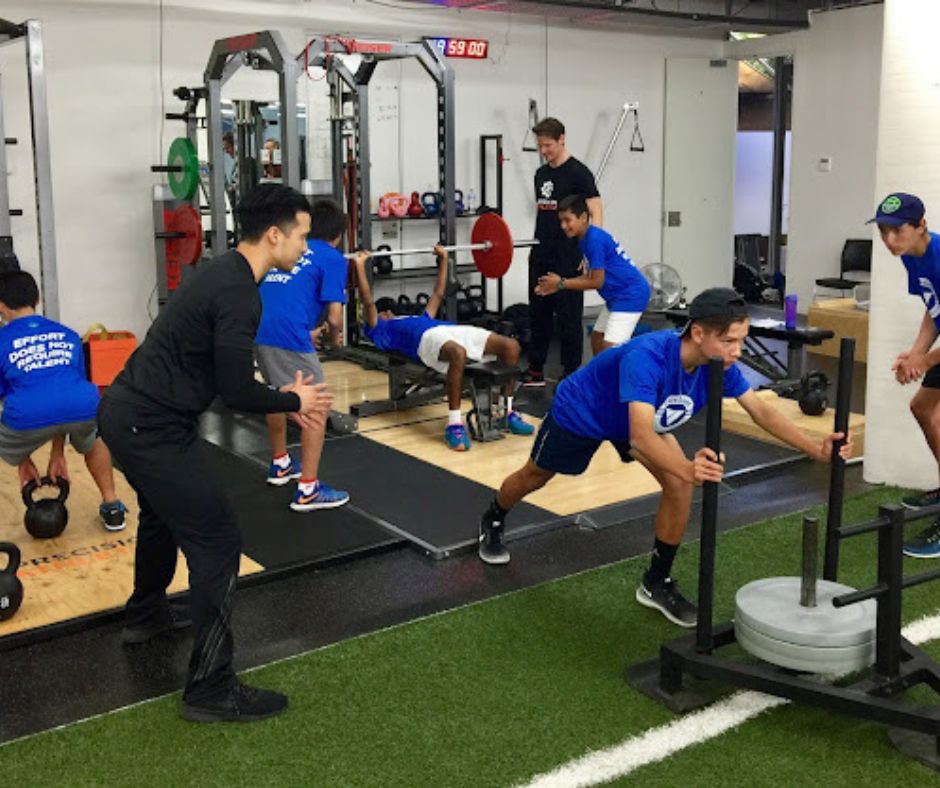
Managing Growth Spurts
Every person experiences growth spurts at different times, which can have a big impact, particularly on an individual’s speed and power. Players who experience a major growth spurt earlier than their peer group will often have an advantage for a while until the others catch up. It is important that parents and players watch out for growth-related injuries when the players are going through these spurts.
Summary
Physical development is vital for a player to perform at their best. It is also hugely important for junior players so that they can stay healthy and injury free to complete the training and match-play volume they require to become world class. Physical development is essential for players to gain the necessary strength, speed, agility, flexibility and stamina to compete at a high level.
Actions to consider:
- Book your child in for a physical screening to identify any potential injuries they could be at risk from in the future. Providers such as Precision Athletica in Sydney deliver a professional physical screening along with other areas of athletic development.
- Ensure your child has a regular pre-habilitation programme in place that they consistently follow.
- After you’ve got the pre-habilitation programme in place successfully, look for a trainer who can help design a tennis-specific physical programme to enhance your child’s other physical qualities.
- Develop a pre-match and pre-training warm-up routine that your child uses day in, day out so it becomes habitual.
In Sydney, Precision Athletica offers professional physical screenings and athletic development services. Ensure your child receives the necessary physical care to enhance their tennis journey.
By Ryan Henry, Managing Director of Voyager Tennis and Ex-Pro Tennis Player
